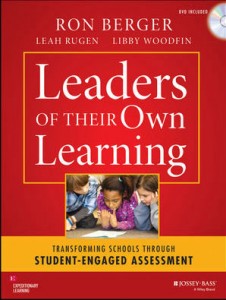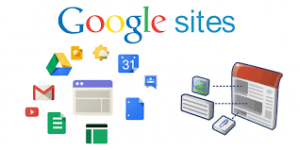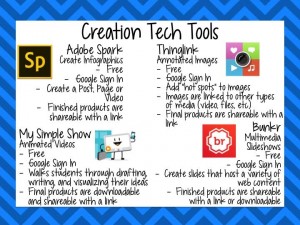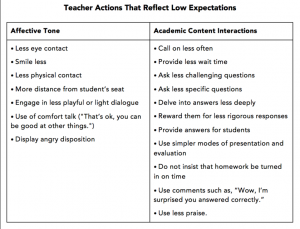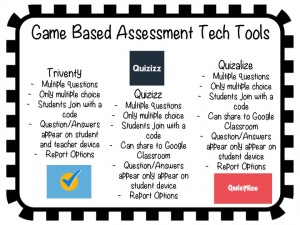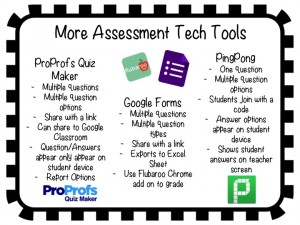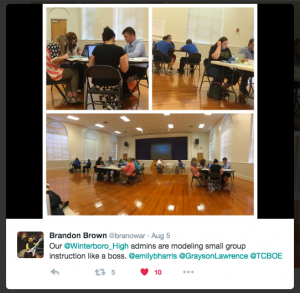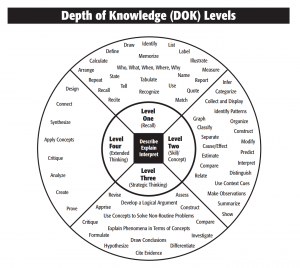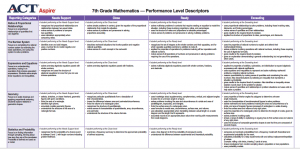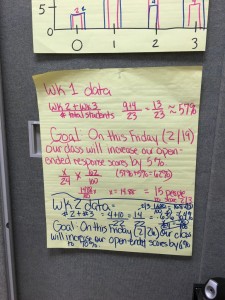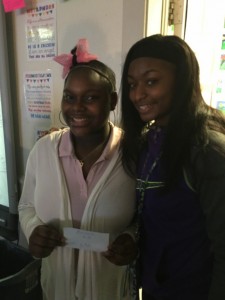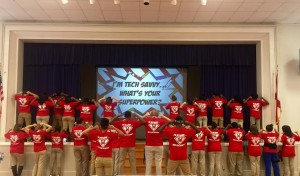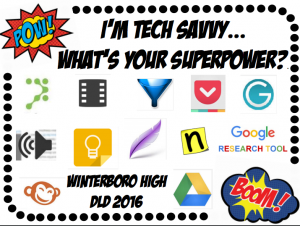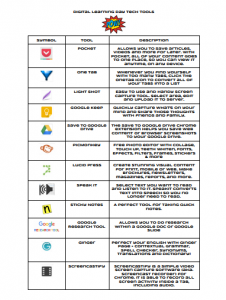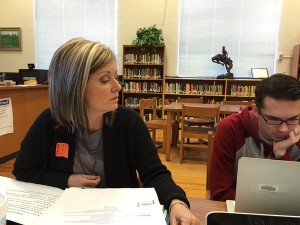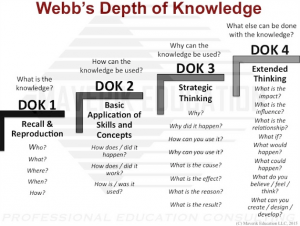Slice of the Day
 Reflection is one of the most underutilized tools for teacher and student learning and allows metacognitive thinking to take place. Incorporating thinking strategies is “the single most effective way to increase student achievement” (Silver, et al pg 57), thus making metacognition and the reflective process taste that much sweeter to any teacher aiming to promote critical thinking in the classroom. How can you learn from others while teaching? Conducting a “Slice of the Day” is a great way!
Reflection is one of the most underutilized tools for teacher and student learning and allows metacognitive thinking to take place. Incorporating thinking strategies is “the single most effective way to increase student achievement” (Silver, et al pg 57), thus making metacognition and the reflective process taste that much sweeter to any teacher aiming to promote critical thinking in the classroom. How can you learn from others while teaching? Conducting a “Slice of the Day” is a great way!
To conduct a slice of the day, choose a school period and map out your schedule. @GraysonLawrence and I conducted our “Slice of the Day” during sixth period (A 96 minute period). We stayed in each classroom around seven minutes. We used the slice protocol to create a snapshot to share with teachers in Teacher Academy. Our goal was to show teachers the “Slice of the Day” and give them time to reflect on practice, create goals, and discuss classroom pedagogy that is impactful to student achievement.
@GraysonLawrence and I chose to do a new take on the “Slice of the Day”. We each had a lens of what to be on the lookout for. The only reported information was observable information/data garnered by the lense. His lens was student engagement and my lens was rigorous instruction. Here is what we discovered for each applied perspective:
Rigorous Instruction Lens:
- Citing textual evidence
- Academic vocabulary from the ACT Aspire in elective courses
- Quality question by teachers
- Students using content vocabulary in conversation without the teacher present (high expectations present)
- Performance tasks (open-ended questions) in ALL content areas
- Graphic organizers, such as ACE, in history and elective courses
- Number talks in math
- Manipulatives used by students to model thinking
- Application of Ethos, Pathos, Logos in elective course
- Differentiated Small-Group based on student needs
- Students using Rubrics to assess their learning
Engagement Lens:
- Classroom Managers present and eager to discuss their learning and the learning in the classroom.
- Students troubleshooting through assignments together
- Students using rubrics in groups to assess learning
- Learning Targets posted that show a pathway to learning
- Students asking questions about their own learning
- Bellringers to start the day
- Math Stretches
- Students participating in PBL (Project Based Learning)
- Blended Learning opportunities for students
- Collaboration in Google Docs/Slides
Silver, H., Dewing, R. T., & Perini, M. (2012). The core six essential strategies for achieving excellence with the common core. Alexandria, VA: ASCD.
**Small side note about The Core Six Essential Strategies for Achievement Excellence with the Common Core: It is a short read, BUT very transformative!!! I highly encourage you to read and reread it! I have a copy you can borrow anytime! It is not content specific, rather just a focus on effective teaching strategies!

